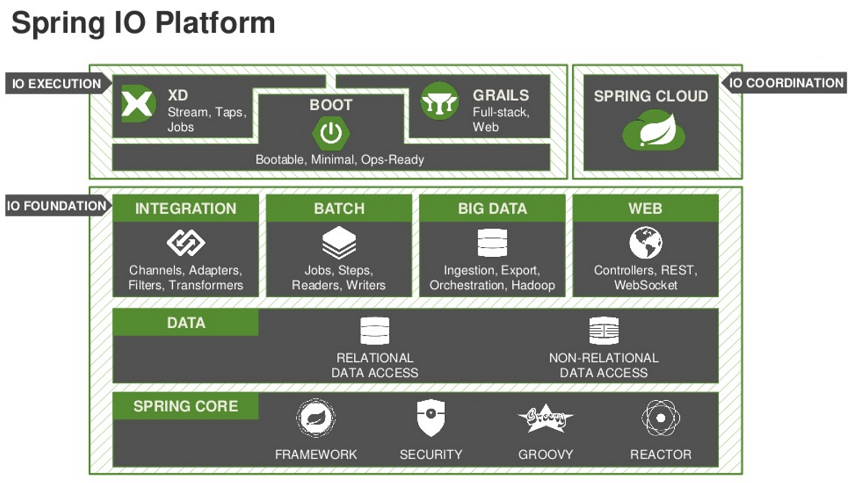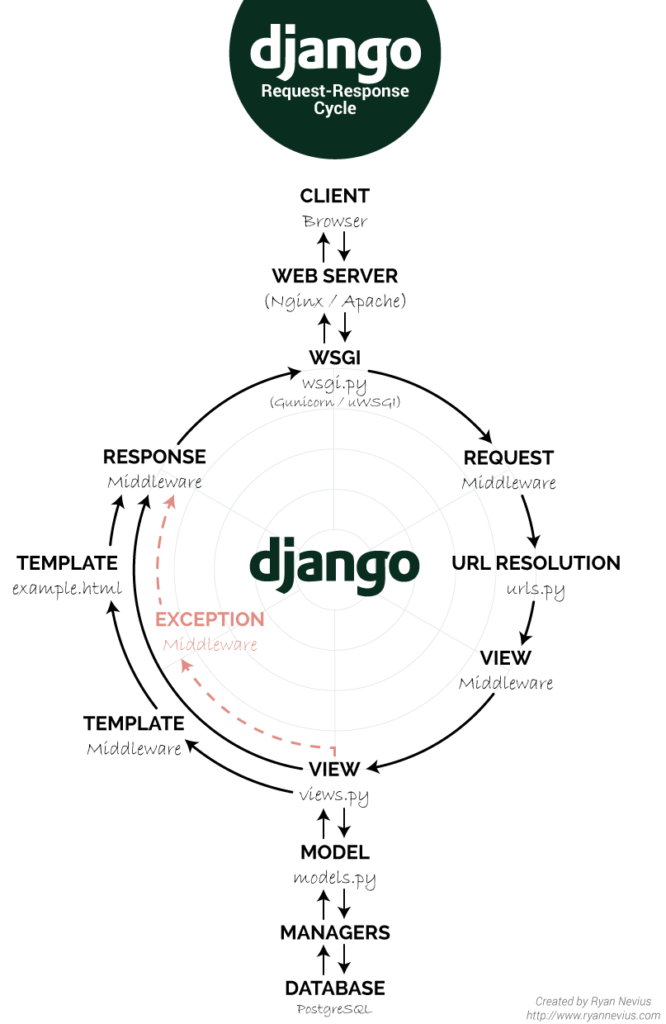This article is intended to describe how the clinFHIR application can be used to help developers both understand FHIR and to develop applications that utilize FHIR artifacts. It’s not intended to be an introduction to FHIR, but rather describe how clinFHIR can help on the learning / development journey.
Suppose you have developed your own app with InterSystems technologies stack and now want to perform multiple deployments on the customers' side. During the development process you've composed a detailed installation guide for your application, because you need to not only import classes, but also fine-tune the environment according to your needs.
To address this specific task, InterSystems has created a special tool called %Installer. Read on to find out how to use it.


